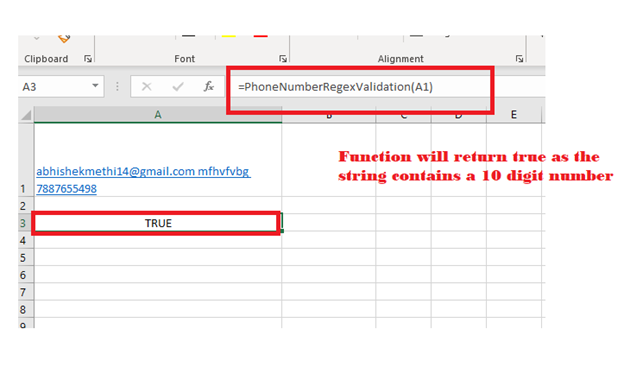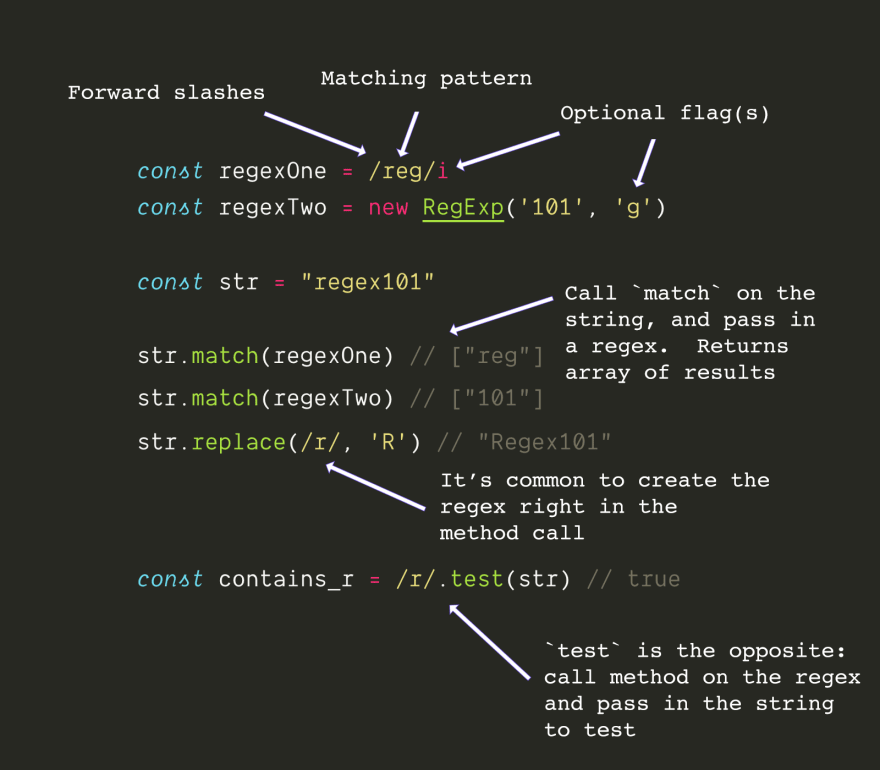

The above example replaces any lowercase letter, a through z, with an asterisk. So if $data was "example" it would become "exAmple". This example replaces any lowercase a with an uppercase A. So if the $data variable was "Here is bad data" it would become "Here is good data". The above example replaces any "bad data" with "good data" using a case-insensitive match. Many of these examples are similar or the same to other programming languages and programs that support regular expressions. Perl programming language regular expression examplesīelow are a few examples of regular expressions and pattern matching in Perl.

Ignore the case ( uppercase and lowercase allowed). Outside the regular expression (at the end) flags helps with the pattern matching. Matches a space character (space, \t, \r, \n). Ignores any special meaning in what is being matched. In Perl, \a is a bell or alarm and is not used in regular expressions. Characters that should be escaped are () ^ $. matches a period and does not perform the function mentioned above. CharacterĪny character not mentioned below preceded with a \ will be escaped. Also, used as a non-greedy matchĮscape the character after the backslash or create an escape sequence.Įscape characters are case-sensitive. Matches the character before the ? zero or one times. Matches character before + one or more times Greedy match that matches everything in place of the * Matches any characters between 'a' and 'z'

Matches anything not contained in brackets Unfortunately, not all programs, commands, and programming languages use the same regular expressions, but they all share similarities. However, once you understand the basic syntax of how regular expression commands operate you can read the above example as if you are reading this sentence. Looking at the above example may be overwhelming. The basics of regular expressions (cheat sheet) This regular expression is also shown in the Perl programming examples shown later on this page. Below is an example of a regular expression with each of its components labeled. However, mastering regular expressions can save you thousands of hours if you work with text or need to parse large amounts of data. When first trying to understand regular expressions, it seems as if it's a different language. Regular expressions can also be used from the command line and in text editors to find text within a file. However, its only one of the many places you can find regular expressions. Perl is a great example of a programming language that utilizes regular expressions. Short for regular expression, a regex is a string of text that lets you create patterns that help match, locate, and manage text.


 0 kommentar(er)
0 kommentar(er)
